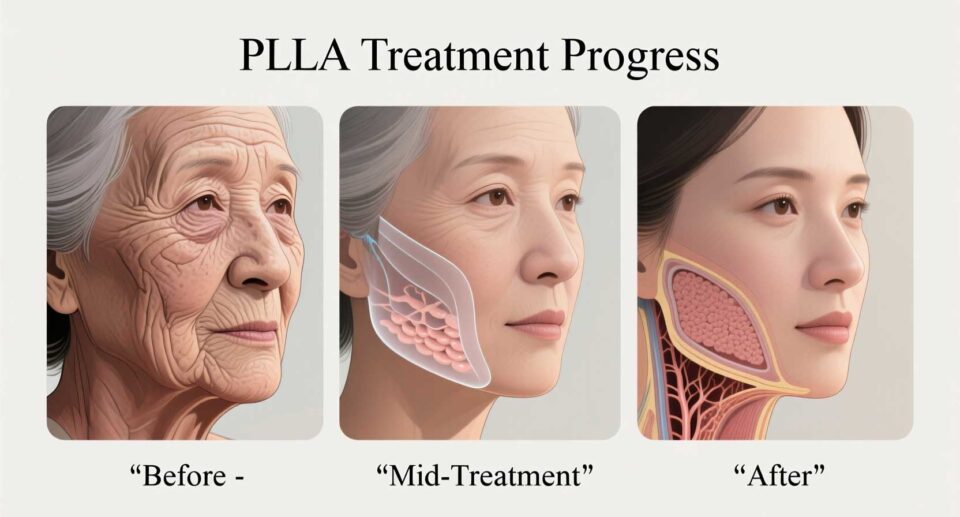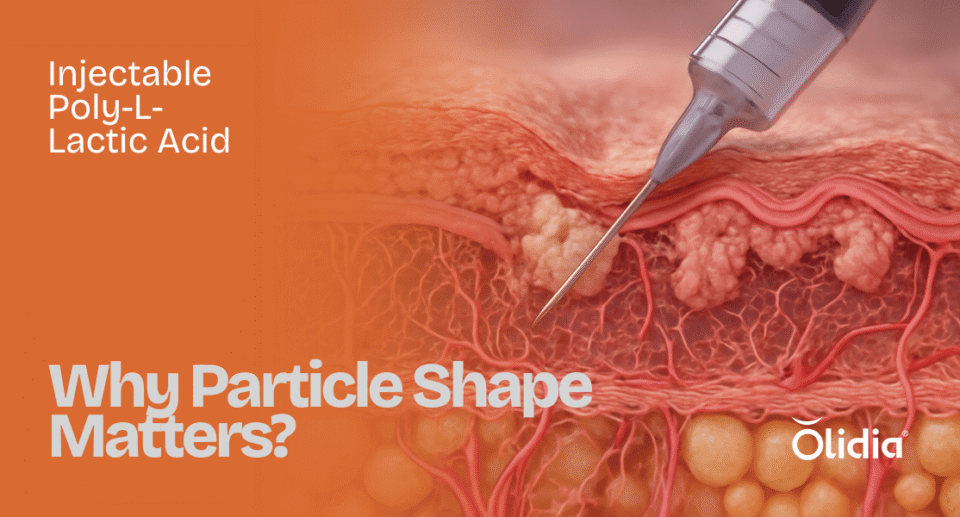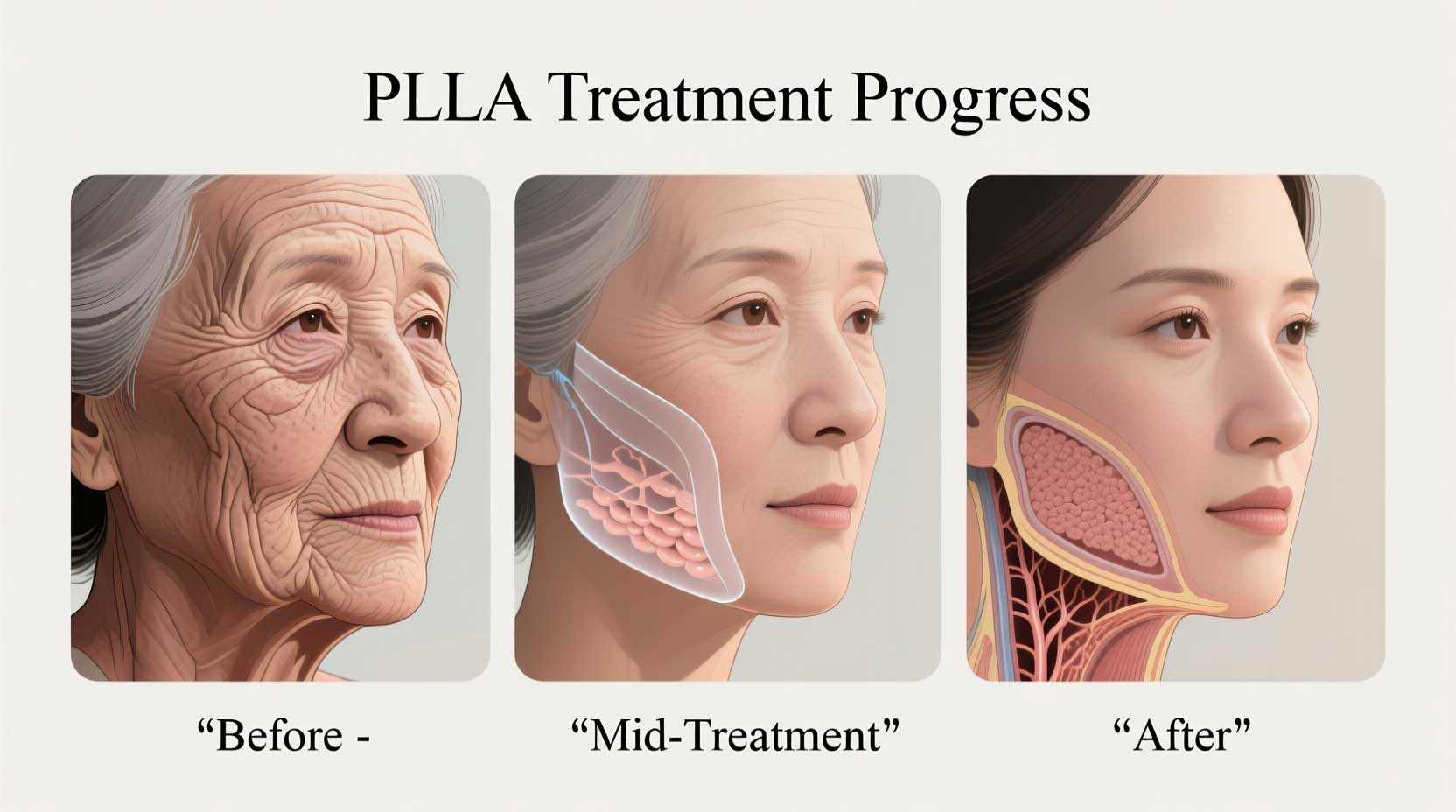Breaking Down the Layers: Skin & Collagen Explained
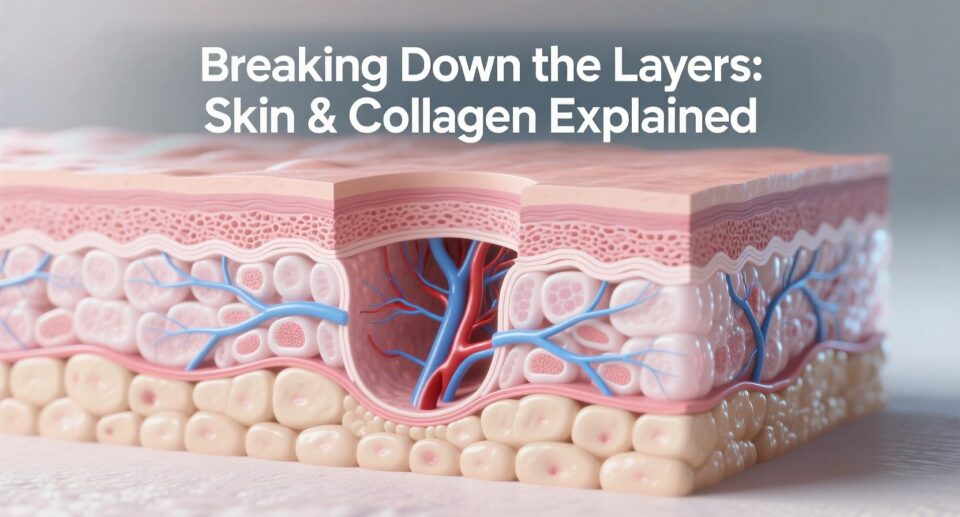
Title: Breaking Down the Layers: Skin & Collagen Explained
When we talk about skin rejuvenation, anti-aging treatments, and achieving a youthful glow, the word “collagen” often takes center stage. But what exactly is collagen? And how does it interact with the different layers of your skin to keep it firm, smooth, and vibrant? In this article, we dive deep into the structure of your skin, how collagen functions within it, and why maintaining or stimulating collagen production is key to lasting beauty.
Understanding the Structure of the Skin
Your skin is not just a surface layer that you cleanse and moisturize every day. It is a complex organ composed of three main layers:
- Epidermis: The outermost layer, responsible for creating our skin tone and acting as the first barrier against environmental aggressors.
- Dermis: Located beneath the epidermis, this middle layer is rich in collagen and elastin. It provides structure, flexibility, and strength to the skin.
- Hypodermis (Subcutaneous Tissue): The deepest layer, consisting mostly of fat and connective tissue, helps insulate the body and absorbs shock.
Collagen is primarily found in the dermis, where it plays a crucial role in skin health and appearance.
What is Collagen?
Collagen is the most abundant protein in the human body. It serves as a building block not only for the skin but also for bones, muscles, tendons, and ligaments. In the skin, collagen acts like scaffolding, holding everything together. It keeps the skin plump, elastic, and smooth.
There are several types of collagen, but Type I and Type III are most important when it comes to skin structure and elasticity.
Collagen and the Aging Process
As we age, collagen production begins to slow down. Starting in your mid-20s, your body produces about 1% less collagen each year. By the time you hit your 40s or 50s, this decline becomes visibly noticeable:
- Fine lines and wrinkles
- Skin sagging
- Loss of volume and elasticity
- Dull complexion
Environmental factors such as sun exposure, smoking, poor diet, and pollution also accelerate collagen breakdown.
How Collagen Supports Each Skin Layer
In the Epidermis:
Although collagen is not directly found in the epidermis, it supports this layer by maintaining the integrity and hydration of the underlying dermis. A strong dermal layer helps the epidermis remain firm and resilient.
In the Dermis:
This is where collagen works its magic. It provides structure to the skin and keeps it taut and youthful. The dermis contains fibroblasts, cells responsible for collagen production. Over time, these cells become less active, leading to visible aging.
In the Hypodermis:
While this layer is mostly fatty tissue, it interacts with the dermis to support facial volume. Loss of collagen in the dermis can lead to thinning of this fat layer and result in sunken or hollow features.
How to Stimulate Collagen Production
Thanks to modern skincare and medical technology, it is now possible to stimulate the body to produce more collagen. Here are some effective ways:
1. Biostimulatory Injectables (e.g., Olidia)
Olidia, made from Poly-L-Lactic Acid (PLLA), is a next-generation collagen stimulator. Unlike traditional fillers, it doesn’t just fill in wrinkles temporarily—it stimulates fibroblasts to produce new collagen over time, improving skin quality from within.
2. Microneedling
By creating controlled micro-injuries in the skin, microneedling triggers the body’s healing process and collagen regeneration.
3. Laser Treatments
Fractional lasers and radiofrequency-based devices heat the dermis to stimulate collagen remodeling.
4. Topical Retinoids & Peptides
Retinoids (Vitamin A derivatives) promote skin turnover and collagen synthesis. Peptides act as messengers that tell your skin to produce more collagen.
5. Healthy Lifestyle Choices
A balanced diet rich in antioxidants, Vitamin C, amino acids, and staying hydrated all support natural collagen production.
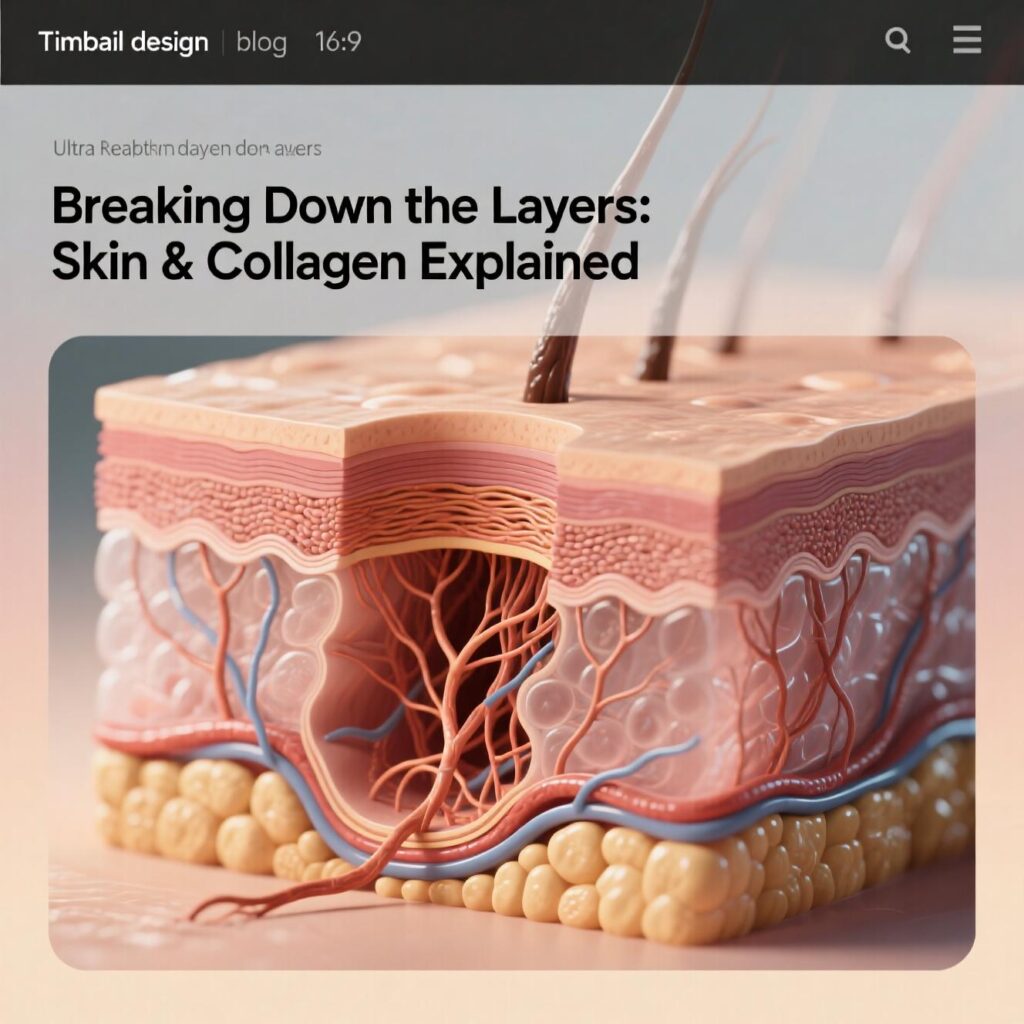
Final Thoughts
Understanding how collagen functions within your skin helps you make informed choices about skincare, aesthetic treatments, and lifestyle habits. Whether you’re just beginning your anti-aging journey or looking to maintain youthful skin, boosting collagen production is the key.
Modern solutions like Olidia take collagen stimulation to the next level by not only improving skin texture and tone but by working deep within the dermis to restore what time has taken away.
By breaking down the layers of your skin and learning how they rely on collagen, you empower yourself to take control of your skin health—and unlock the glow that starts from within.

